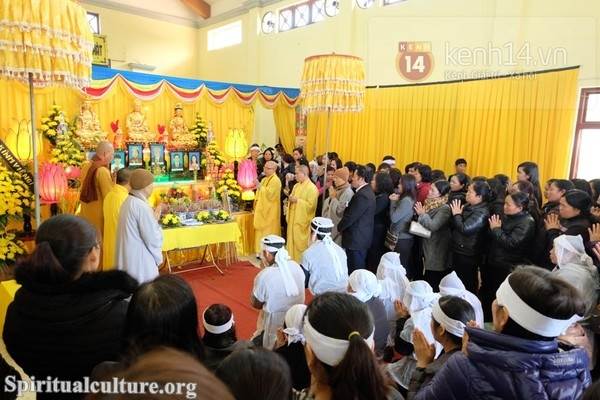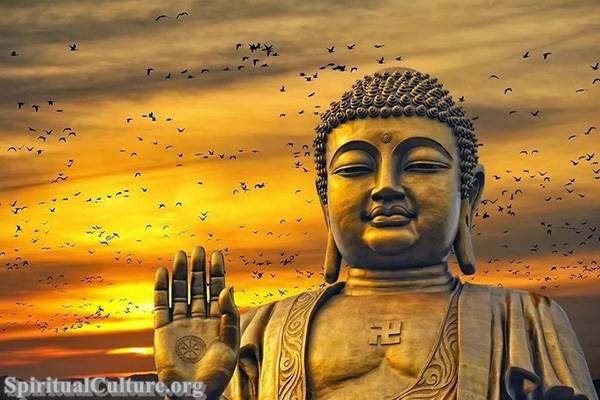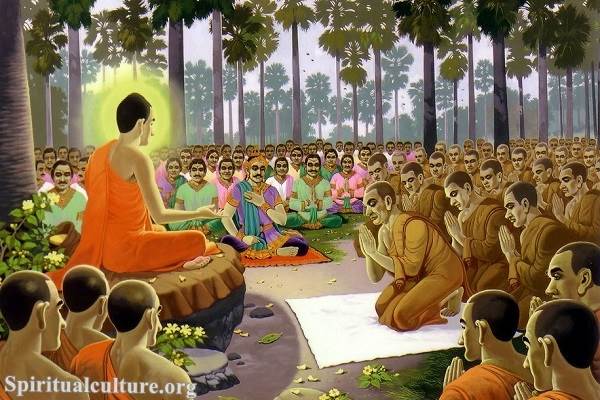
Here is a detailed and complete explanation of Buddhist rituals for death:
- Preparation of the body: After someone passes away, their body is prepared for the funeral. In many Buddhist cultures, the body is washed and dressed in white clothing. This is done with respect and care for the deceased, as it is believed that the body is simply a vessel and that the person’s spirit has already left.
- Chanting: Chanting is a crucial part of Buddhist funeral rituals. Monks or nuns may recite prayers and chants to help guide the deceased to a better rebirth. The most common chant is the “Heart Sutra,” but other chants may also be used.
- Offering: Offerings are made to the deceased and to the monks or nuns who conduct the funeral. These offerings can include food, flowers, incense, and candles. The offerings are meant to show respect and gratitude for the deceased and to support the monks or nuns who are performing the funeral rites.
- Cremation: In many Buddhist cultures, the deceased are cremated. This is because Buddhists believe in the impermanence of all things, including the body. Cremation is seen as a way to release the person’s spirit from the body and to help them move on to the next stage of existence.
- Merit making: Merit making is the practice of accumulating good karma by performing acts of generosity and kindness. Buddhists often make donations or perform acts of service in honor of the deceased. This is seen as a way to help the person’s spirit move on to a better rebirth and to create positive energy in the world.
- Funeral procession: A funeral procession may be held to accompany the body of the deceased to the cremation site or burial ground. This can involve chanting, prayer, and offerings. The procession is meant to show respect for the deceased and to honor their life.
- Final rites: After the body has been cremated, there may be final rites to help the deceased move on to the next stage of existence. This can involve chanting, prayer, and offerings. The final rites are meant to help the person’s spirit move on and to create positive energy in the world.
It’s important to note that Buddhist funeral practices can vary widely depending on the specific tradition and culture. For example, in some cultures, mourners may wear black instead of white. However, the core elements of chanting, offering, and merit making are common to many Buddhist funeral rituals.



